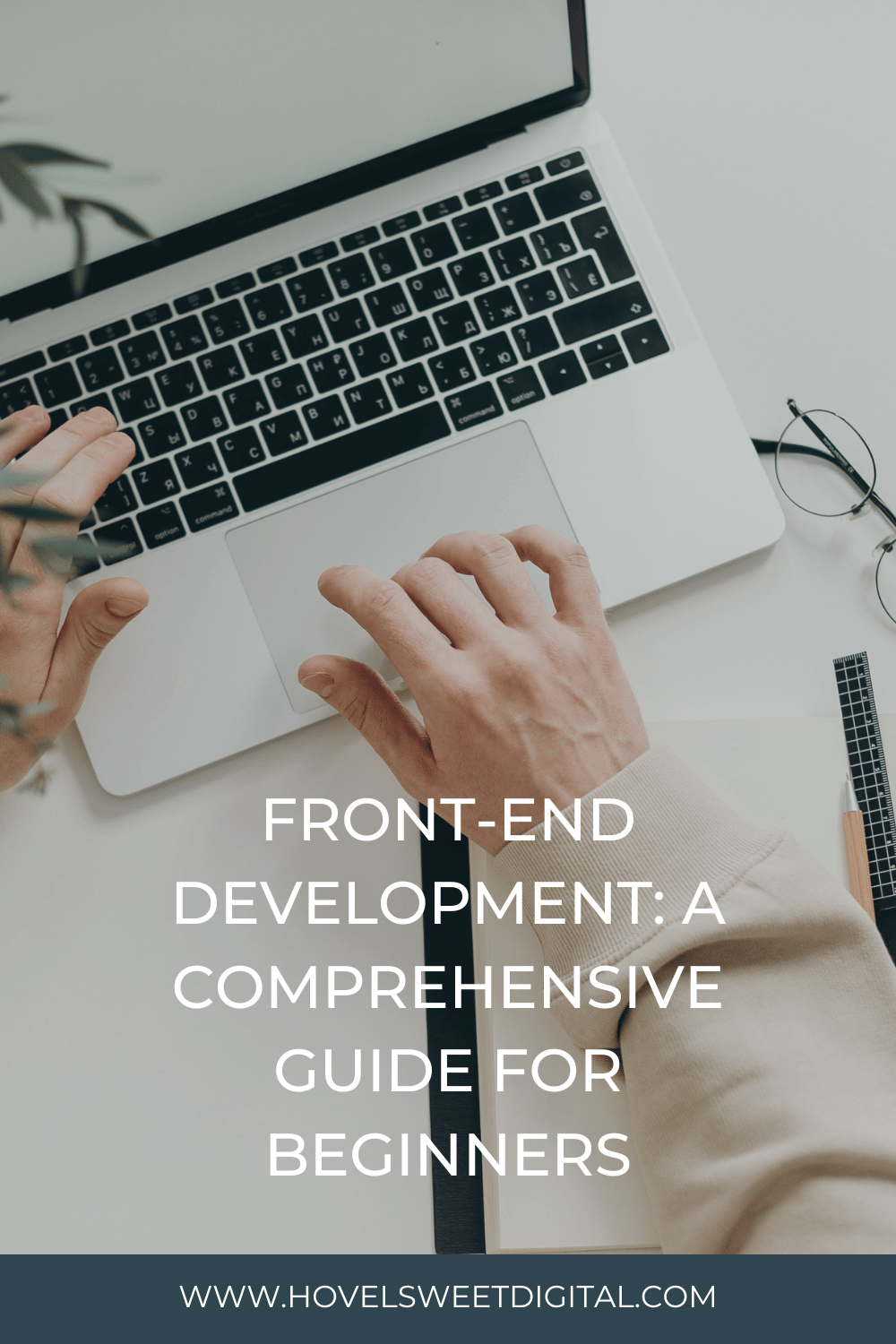Front-end development refers to the process of creating the user interface (UI) and user experience (UX) of a website or web application. Front-end developers are responsible for implementing the visual and interactive elements that users see and interact with directly. They work with various technologies, including HTML, CSS, and JavaScript, to build the front-end components of a web project.
Here are some key aspects and technologies involved in front-end development:
HTML (Hypertext Markup Language): HTML is the standard markup language used for structuring the content of web pages. Front-end developers use HTML to define the elements, such as headings, paragraphs, images, links, forms, and more, that make up the structure and layout of a web page.
CSS (Cascading Style Sheets): CSS is a style sheet language that defines the presentation and visual appearance of web pages. Front-end developers utilize CSS to apply styles, such as colors, fonts, layouts, spacing, and responsive design, to the HTML elements, ensuring a visually appealing and consistent presentation across different devices.
JavaScript (JS): JavaScript is a programming language that adds interactivity and dynamic behavior to web pages. Front-end developers use JavaScript to create interactive features like menus, sliders, forms validation, animations, and asynchronous requests to communicate with servers.
Front-end Frameworks and Libraries: Front-end frameworks and libraries provide pre-built components, tools, and abstractions to speed up development and enhance functionality. Popular front-end frameworks include React, Angular, and Vue.js. Libraries like jQuery, Bootstrap, and SCSS/Sass are commonly used to simplify tasks, provide UI components, and streamline CSS styling.
Responsive Design: With the increasing use of mobile devices, front-end developers need to ensure that websites are responsive and adapt to different screen sizes and orientations. They employ responsive design techniques, such as media queries, flexible grids, and fluid layouts, to create websites that provide an optimal viewing experience across a range of devices.
Browser Developer Tools: Web browsers provide built-in developer tools that allow front-end developers to inspect and debug HTML, CSS, and JavaScript, as well as analyze network requests, test responsiveness, and fine-tune the performance of web pages.
Front-end Build Tools and Task Runners: Front-end developers use various build tools and task runners like Webpack, Gulp, or Grunt to automate repetitive tasks, optimize code, bundle and minify files, and streamline the development workflow.
Cross-Browser Compatibility: Front-end developers ensure that web pages render consistently across different web browsers and versions. They test and apply browser-specific CSS fixes or workarounds to handle browser inconsistencies and ensure a smooth user experience.
Accessibility: Front-end developers strive to create websites that are accessible to all users, including those with disabilities. They adhere to web accessibility standards (such as WCAG) and implement practices like semantic HTML, proper heading structure, alternative text for images, and keyboard navigation support.
Performance Optimization: Front-end developers optimize web page performance by optimizing code, minimizing file sizes, utilizing caching techniques, and employing best practices like lazy loading images, code splitting, and reducing HTTP requests to improve page load times.
Front-end development is an ever-evolving field, and front-end developers continually learn and adapt to new technologies, frameworks, and best practices to create modern and engaging web experiences for users.
If you’re looking for help with your website, please check out my services or feel free reach out!
Cheers,
Katie
Liked this post? Pin it for later!







